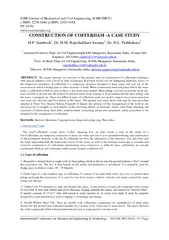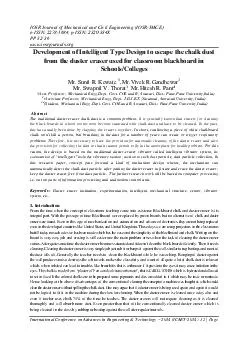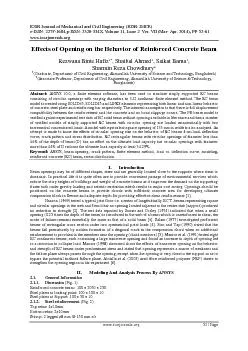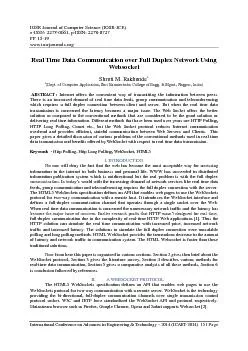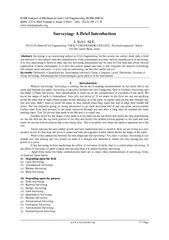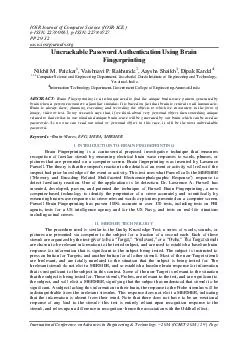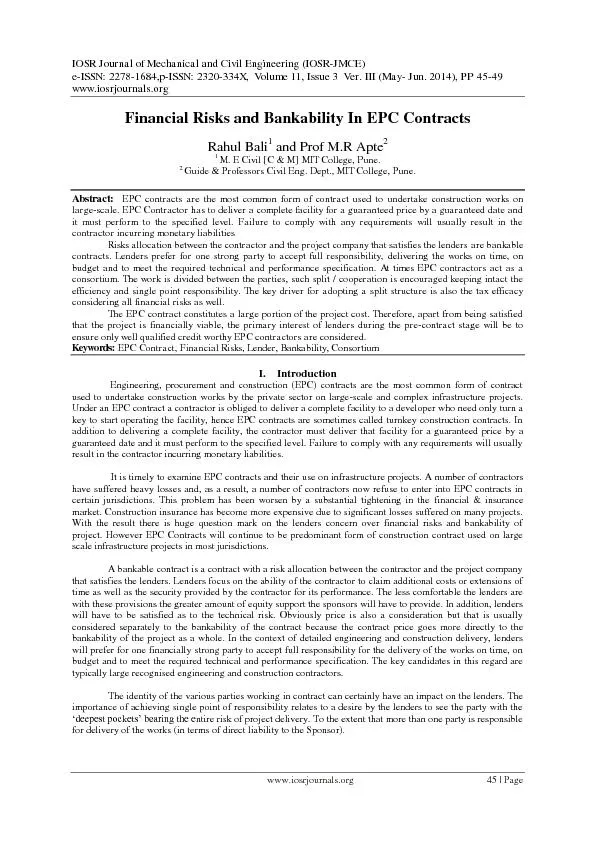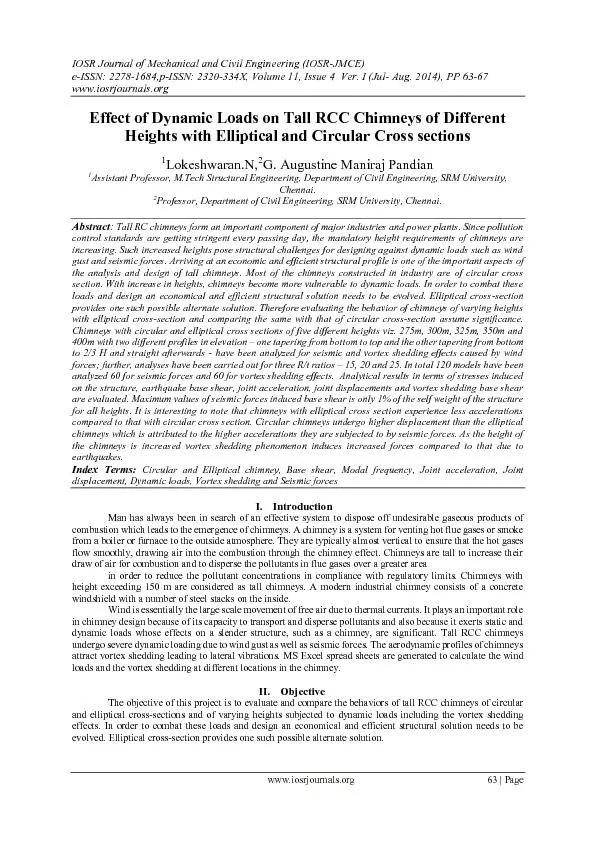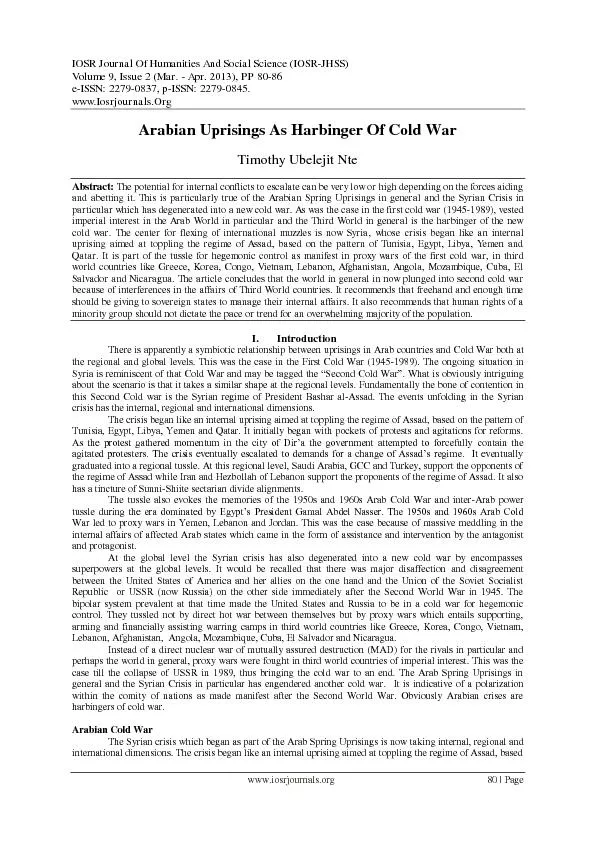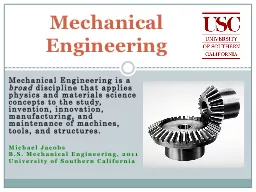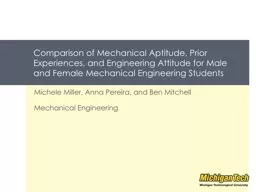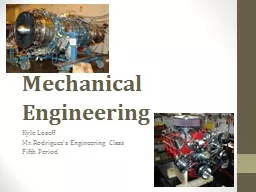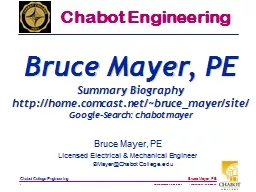PDF-IOSR J ournal of Mechanical and Civil Engineering IOSR
Author : yoshiko-marsland | Published Date : 2015-05-17
iosrjournalsorg International Conference on Advances in Engineering Technology 2014 ICAET 2014 45 Page CONSTRUCTION OF COFF ERDAM A CASE STUDY HP Santhosh Dr HM
Presentation Embed Code
Download Presentation
Download Presentation The PPT/PDF document "IOSR J ournal of Mechanical and Civil En..." is the property of its rightful owner. Permission is granted to download and print the materials on this website for personal, non-commercial use only, and to display it on your personal computer provided you do not modify the materials and that you retain all copyright notices contained in the materials. By downloading content from our website, you accept the terms of this agreement.
IOSR J ournal of Mechanical and Civil Engineering IOSR: Transcript
Download Rules Of Document
"IOSR J ournal of Mechanical and Civil Engineering IOSR"The content belongs to its owner. You may download and print it for personal use, without modification, and keep all copyright notices. By downloading, you agree to these terms.
Related Documents

